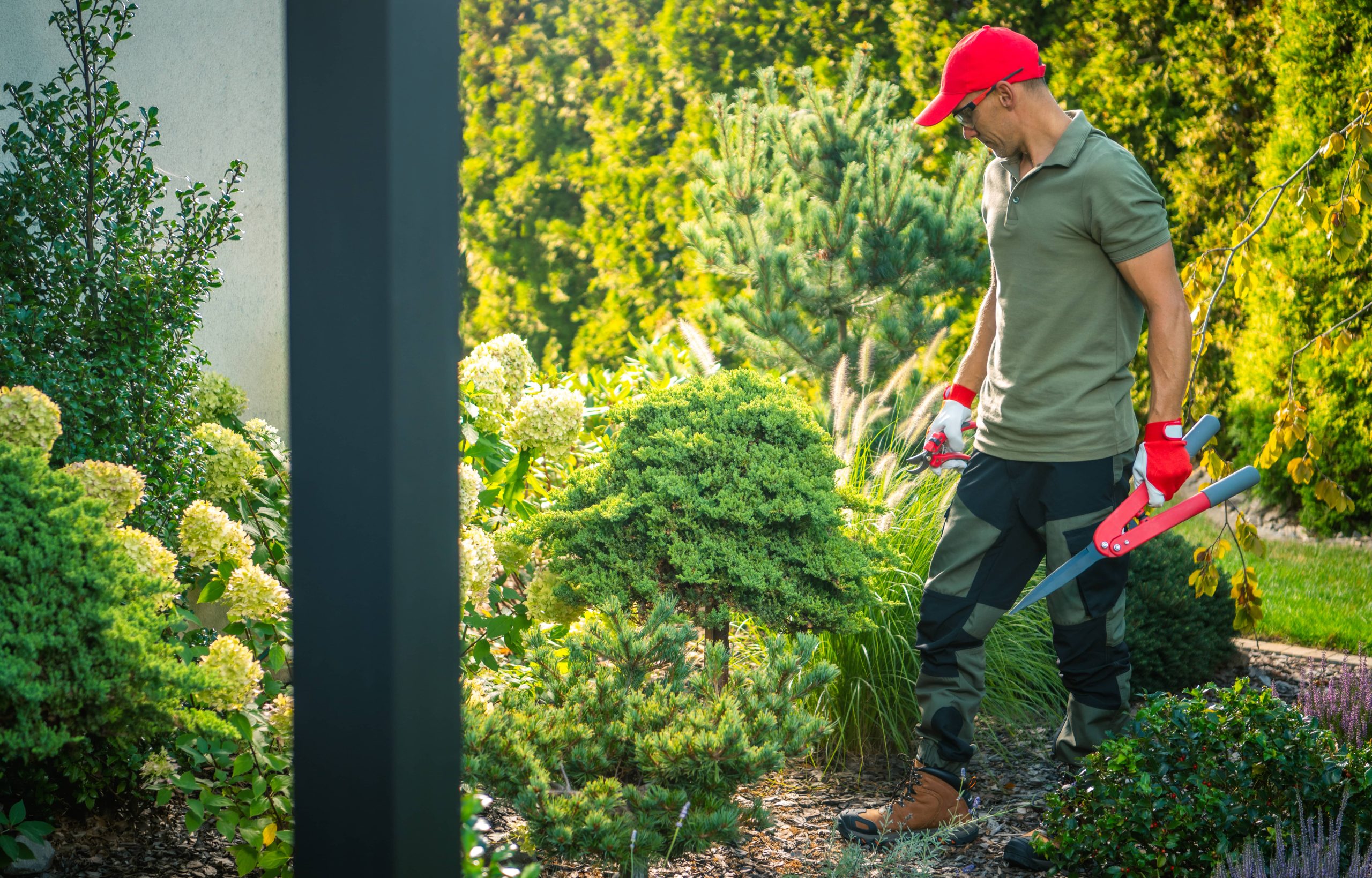
The allure of a beautiful garden lies in its colors, textures, and vibrant life filling the space with beauty and charm. While annual flowers can bring an immediate splash of color, there’s something uniquely enduring about incorporating flowering shrubs into your landscape. These robust plants not only add structure and privacy to your garden, they offer an extended display of color, fragrance, and visual interest, transforming your outdoor space into a year-round paradise.
In this post, we delve into the world of flowering shrubs, exploring the ways they can provide year-round color to your garden, regardless of the season. Whether you’re a seasoned gardener or a budding enthusiast, these versatile plants are sure to inspire your landscaping pursuits.
Spring Bliss
The arrival of spring is synonymous with renewal, and flowering shrubs are ready to burst into life, setting the stage for an enchanting garden season. One standout performer in the spring garden is the Forsythia. This deciduous shrub kicks off the season with radiant yellow blooms that catch the eye and herald the warmer days ahead. Forsythia is a hardy plant, thriving in a range of climates and requiring minimal maintenance—making it an excellent choice for busy gardeners.
Another spring favorite is the Azalea. Renowned for its dazzling array of colors, from soft pastels to vibrant jewel tones, azaleas create breathtaking displays of blooms that last for weeks. Planting a variety of azaleas in your garden can extend their flowering period from early to late spring. To ensure a robust display, position your azaleas in a location with dappled sunlight and well-drained, acidic soil.
Summer Brilliance
As spring gives way to summer, your garden can continue to boast colorful shrubs with the introduction of Hydrangeas. These versatile plants provide spectacular blooms in various shades depending on soil pH, including white, pink, purple, and the coveted blue. Their large, round flower heads create a dramatic impact, whether planted in mixed borders or as standalone specimens.
Equally captivating are Roses of Sharon. These hibiscus relatives thrive in the full sun of summer, producing stunning flowers ranging from whites and pinks to blues and purples. Their extended flowering period from mid-summer into fall ensures nonstop color when other plants might begin to fade. To maximize their visual appeal, consider growing them as a flowering hedge or as a central focal point in your summer landscape design.
Autumn Radiance
As temperatures begin to cool, you might expect your garden to do the same, but autumn offers its own set of flowering shrubs that refuse to quit. The Beautyberry, for instance, showcases clusters of striking purple berries that can bring a lively splash of color to an autumn garden. These berries perch gracefully on arching stems and provide interest even after the leaves have fallen, extending the seasonal beauty well into winter.
The Viburnum is another autumn star, offering not only late autumn flowers but also vivid foliage and clusters of red to black berries. With numerous species available, you can choose viburnums that flower in late spring and enjoy vibrant leaf color in the fall, ensuring a dynamic garden throughout these transitional months.
Winter Wonders
Winter might seem like a bleak time for the garden, but with the right selection of shrubs, your landscape can remain vibrant, even in the coldest months. Witch Hazel is one such example, with its unique strappy yellow, red, or orange flowers that bloom even in January. As evergreen foliage fades away, witch hazel’s blossoms provide an unexpected burst of color and fragrance that brightens the darkest days.
For an evergreen option, consider the Camellia, which offers lush green foliage and spectacular blooms in late winter to early spring. These elegant flowers come in shades of red, pink, and white, often blooming for several weeks, defying the dullness typical of this quiet season.
Creating a Year-Round Plan
To make the most of flowering shrubs in your garden, it’s beneficial to plan your landscape design with seasonal interest in mind. Here are some tips to help you get started:
1. Diversity is Key: Incorporating a variety of shrubs that bloom in different seasons can create a dynamic, ever-evolving garden. Choose species that suit your climate and soil conditions, ensuring they complement each other and meet the micro-climate needs of your garden.
2. Layering: Planting shrubs of varying heights and growth habits can add depth and visual interest. Low-growing varieties can serve as ground cover or be positioned along the edge of borders, while taller shrubs make excellent backdrops or focal points.
3. Color Coordination: Think about the color palette of your overall landscape design. Complementary colors can create harmony and balance, while contrasting hues can make a striking statement.
4. Repeated Planting: Consider repeating certain shrub varieties at intervals throughout your garden to create a sense of unity and rhythm, drawing the eye through the space.
5. Maintenance and Care: While flowering shrubs are generally low-maintenance, a little attention goes a long way. Regular pruning, watering during dry spells, and mulching can keep your shrubs healthy and vigorous.
Incorporating flowering shrubs into your garden design is a sure-fire way to achieve year-round color and visual interest. With a carefully thought-out plan and the right plant selections, you can create a garden that changes with the seasons, offering a tapestry of colors and textures that enrich your outdoor living experience. So embrace the charm of flowering shrubs and transform your garden into a colorful sanctuary, thriving with life in every season.













